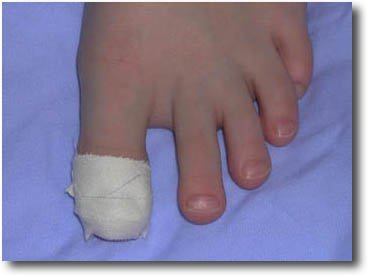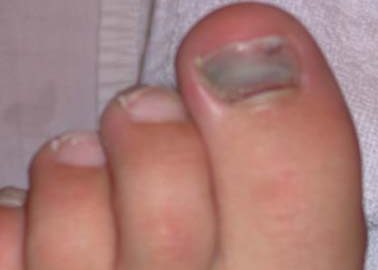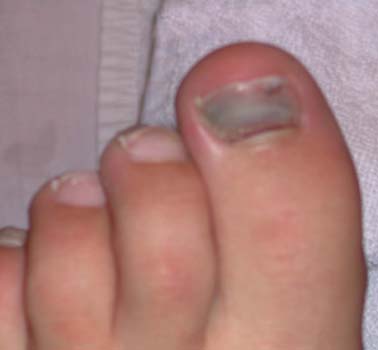|
Hallux valgus and hallux rigidus: MRI findings.
Schweitzer ME, Maheshwari S, Shabshin N. Clin Imaging 1999 Nov-Dec;23(6):397-402.
The purpose of this article is to describe the MR findings of Hallux Valgus (HV) and Hallux Rigidus (HR). Twenty-four patients (11 with HV, 4 with HR, and 9 with both HV and HR) were studied at 1.5 Tesla MRI. Two separate observers evaluated the first ray blindly for the following signs: sesamoid position, sesamoid proliferation, hypertrophy of the median eminence, presence of a lateral facet, presence of an adventitial bursa, shape of the first metatarsal head, relative length of the first metatarsal, joint space loss, osteophytes (dorsalor lateral), marrow edema, geodes, subchondral sclerosis, intra-articular ossicle, and pes planus. The most common findings observed in HV were a hypertrophic medial eminence (95%), sesamoid proliferation (90%) and adventitial bursitis (70%). The most common findings observed in HR were osteophytes (77% and 69%), geodes, and marrow edema. We conclude that traditional routine radiograph signs of HV and HR may be applied to MR images.
|



